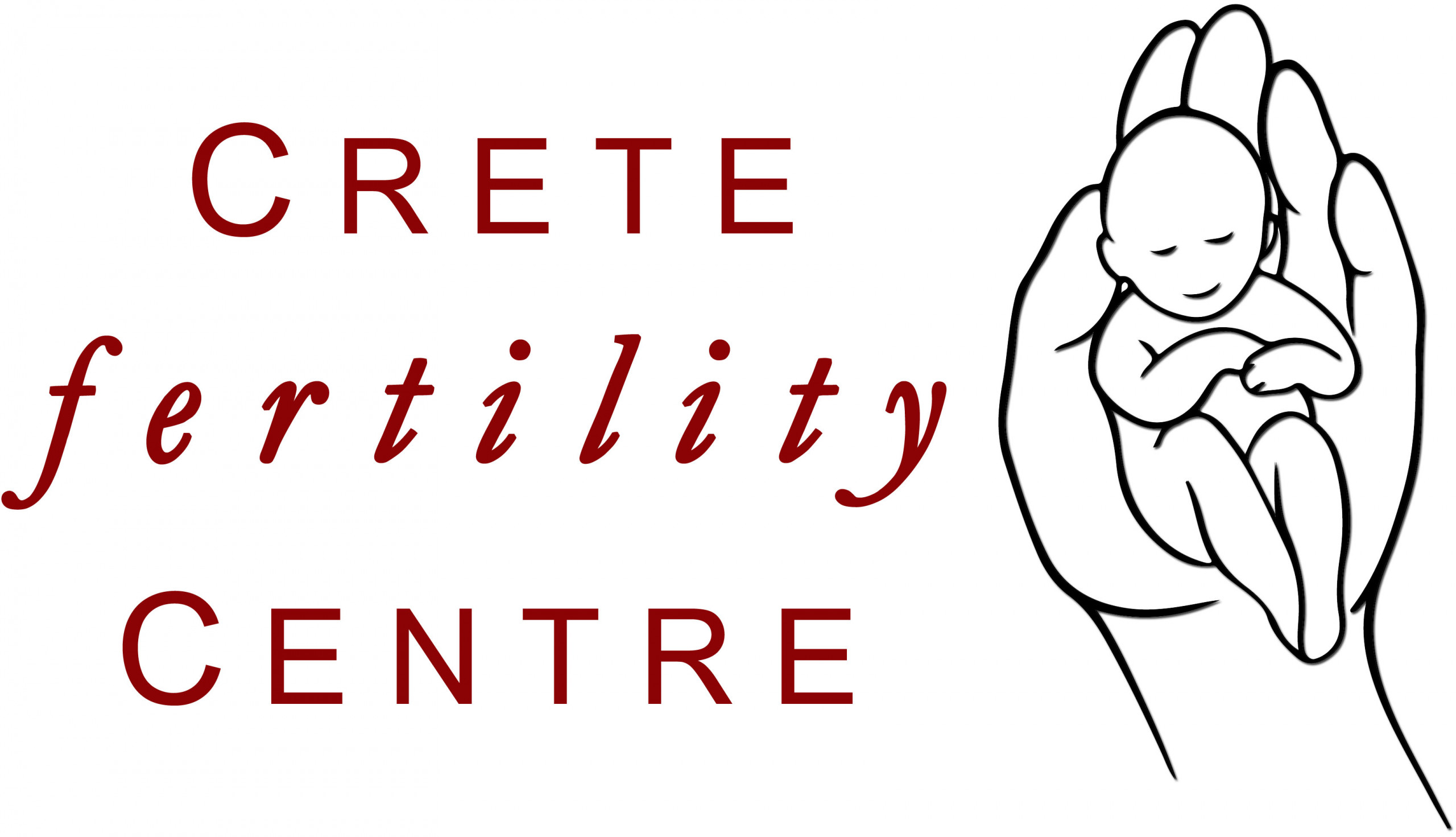Ovarian tissue freezing
Childbirth in women suffering from neoplasia
Ovarian freezing could provide an alternative, especially for women who cannot undergo egg freezing for medical reasons.
Unlike the freezing of eggs and embryos, where only one cycle can take several weeks to complete, the ovarian tissue can be frozen in a very short time. Even women who have to undergo chemotherapy or radiation almost immediately after diagnosis may be able to maintain their fertility using this method.
Ovarian tissue cryopreservation is a method of maintaining fertility in which the outer layer of an ovary, which contains a large number of young eggs, is removed and frozen for future use. In the process of freezing the ovarian tissue, a portion of an ovary is usually removed by laparoscopy. In the laboratory, the outer layer of the ovary (called the ovarian cortex) is cut into small strips and is frozen.
We are already currying out of this process with great success,enabling women who could never feel the happiness of motherhood to have their own child in their hands. We have been working successfully with Claus Yding Andersen for years at Aarhus University of Denmark, a pioneer of this method in the whole world.
When the patient is cured of the primary disease and is ready to have children, the ovarian bands are thawed and transplanted back into the body, laparoscopically. In most of the cases reported in the literature, transplanted ovarian bands restore normal hormone and egg production function. To date, more than 40 births after ovarian freezing and transplantation have been reported worldwide.
The most common steps to follow for this approach are summarized below:
1. Biopsy. Ovarian removal is a relatively simple procedure. Approximately twelve small ovarian cortical tissue biopsies are collected (3x3x1 mm). This procedure can be performed using minimally invasive techniques such as laparoscopy.
2. Histological examination. The ovarian tissue strips are immediately observed by a physician to confirm both the presence of follicles and the absence of mass invasion of the cancer.
3. Cryopreservation. The ovarian tissue can be cryo-preserved independently of the menstrual phase, which does not represent delay in oncological treatment, in liquid nitrogen vapor (- 180 ° C).
4. Re-implantation. The stored ovarian tissue can be transplanted orthotopically (in the rest of the ovary, ovarian cortex or in the wider joint), heterotopically (subcutaneous abdominal tissue, anterior abdominal wall, just below the peritoneum or rectum), recent studies have been reported to fully mature in vitro.
An important advantage of freezing ovarian tissue is the number of eggs that can be frozen. Freezing of embryos and freezing of ova usually result in a limited number of embryos or ova after thawing. In contrast, freezing of ovarian tissues allows women to freeze a much larger number of young eggs for future use. When the frozen ovarian tissue is re-implanted in the body and regains its function, the immature eggs that are frozen inside the tissue begin to develop normally and become recoverable in an IVF process.
Ovarian tissue freezing is also an important method of maintaining fertility for young girls. When a young girl is diagnosed with cancer or other conditions that require life-saving treatment for the ovaries, the choice of egg freezing may not be feasible.




